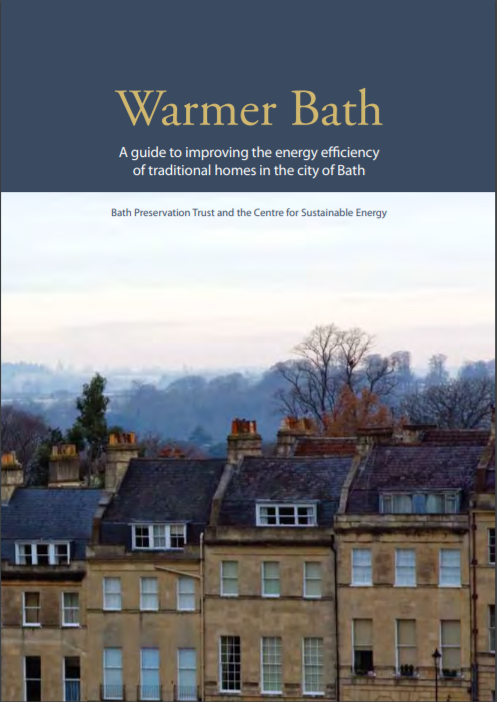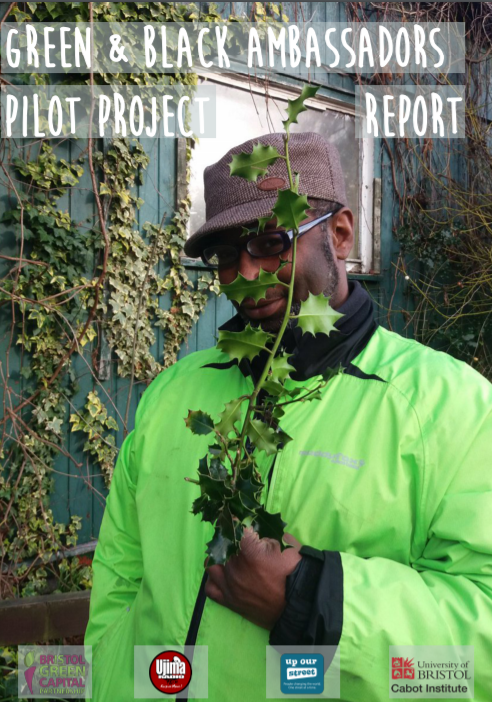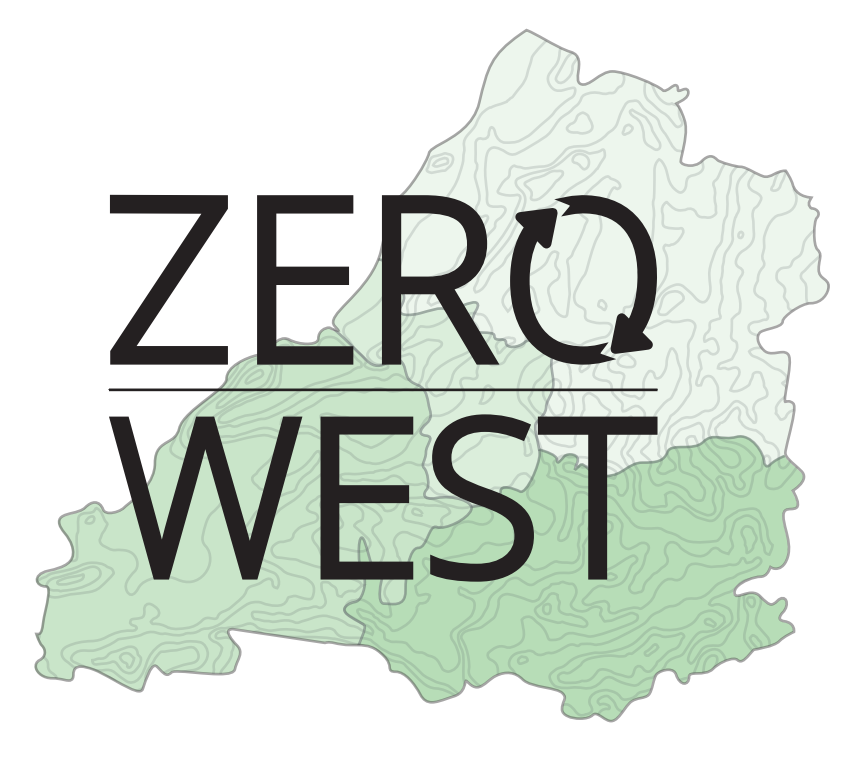Here’s a snapshot of our region’s journey so far towards a zero-carbon future:
2010

Transition Bristol presents its “Bristol Peak Oil Report” to Bristol City Council (BCC) on behalf of the Bristol Green Capital Momentum Group. (BCC).
BCC accepts the report and adopts a Climate Change and Energy Security Framework. This sets out actions to progress the City’s carbon dioxide reduction targets (40% by 2020 and 80% by 2050), adapt to the impacts of climate change and improve its long term energy resilience.

Bristol Power Co-op’s founders run a Green Capital think tank event ‘Zero Carbon Bristol’ in partnership with the Royal Agricultural College and supported by Bristol City Council and others.
Speakers included the World Future Council and the Centre for Alternative Technology (CAT), who the same day launched its ground-breaking research report “Zero Carbon Britain 2030”.
Bath and West Community Energy was established as a Community Benefit Society in 2010 as a result of initiatives from local community groups Transition Bath and Transition Corsham. Its purpose is to bring community ownership to energy projects in Bath and the surrounding area.
It concentrates on projects that will generate significant community benefit, support the local economy, reduce the impact of climate change and increase our energy security. The Wilmington Farm Solar Array will be a significant step towards that goal.
To date BWCE has developed around 620kW of its own solar PV projects.
These include a 250kW ground mounted system at Hartham Business Park and a range of roof-mounted schemes on schools and community buildings. BWCE has developed and commissioned a 1MW solar array in partnership with Wiltshire Wildlife Community Energy at Chelworth in Wiltshire. It has just successfully raised £2.2 million in partnership with Low Carbon Gordano to develop a 1.8MW solar array at Moorhouse Farm near Avonmouth.
2011

Publication of Warmer Bath: A guide to improving the energy efficiency of traditional homes in the city of Bath , a collaboration between the Centre for Sustainable Energy and Bath Preservation Trust, advising people on how to sensitively retrofit traditional buildings in Bath and the surrounding area.
Low Carbon Gordano was established in 2011. It originally included the towns of Portishead and Pill and the adjoining villages. At the start of 2014 discussions with neighbouring community energy groups led to agreement to extend the community to include other parts of North Somerset and neighbouring areas. It now covers the North Somerset towns of Portishead, Pill, Clevedon, Nailsea, Backwell, and Long Ashton and where opportunities arise can extend into neighbouring areas of North Somerset, Bristol, and South Gloucestershire.
Projects include the Moorhouse and Ham Lane Solar Arrays.
2012

All UK local authorities are required to assess the potential for renewable energy in their locality, and a detailed assessment is completed for the West of England region.
Bristol City Council’s 2012-15 update to its Climate Change and Energy Security Framework includes a further list of concrete actions.

2014
CAT’s Zero Carbon Britain research has progressed, and its updated report “Zero Carbon Britain – Rethinking the Future” details how a modern society could run on zero emissions by 2030, using a combination of energy efficiency and currentrenewable technologies, and cope with scenarios like the sun not shining and the wind not blowing.
Bristol Energy Coop invites Tobi Kellner, one of the ZCB authors, to present the research at a meeting of the Bristol Energy Network, where we started looking at the potential implications for Bristol in areas such as transport, food, and home and commercial energy use.

CAT’s Zero Carbon Britain scenario concentrates on reduced energy use, with most renewable energy coming from offshore wind and biomass. Other scenarios ZCB exist too. Professor Keith Barnham, for example, in his book The Burning Answer, outlines a 100% renewables mix of mostly solar supplemented by wind and biogas. This is based on his research of communities in Germany that are already produce 100% of their energy from renewables.
2015
Bristol is Green Capital of Europe, following years of hard work by the Bristol Green Capital Partnership, and hosts a programme of inspiring events.
Data exists for the amount of energy we use, displayed by both Gridwatch and The Converging World.
Ecotricity launches its 2030 Vision for a Green Britain.
Backed by in-depth research which models the economic impacts of a future Green Britain, the Ecotricity vision describes what Britain would be like in 2030 if we adopted ambitious targets for emissions reduction, renewables and electric cars – and outlines how we can get there.
The modelling reveals the huge economic benefits to Britain alongside the environmental ones. These include:
– a £5bn increase in GDP by adopting electric cars
– a saving of almost £8bn on Britain’s annual oil import bill
– £1.25bn in health and environmental benefits.

A petition for a Bristol commitment to a 100% renewable energy target gains thousands of signatures.

The report, The Power to Transform the South West, commissioned by South West MEP Molly Scott Cato, demonstrates how the South West can provide 100%+ of its energy needs through renewable energy alone.
It also identifies the potential for renewables across the region as a whole as well as providing a county-by-county analysis.

Research for Greenpeace by our friends Demand Energy Equality concludes that the UK energy sector can be decarbonised by 2030 using existing technology, without building new nuclear power stations, without using carbon capture and storage, whilst balancing supply and demand, and being economically feasible.

Buro Happold updates its earlier data on the potential for the West of England region (Bath & North East Somerset, Bristol, North Somerset and South Gloucestershire) to generate its energy from renewable sources. The conclusion from an “Energy Game” workshop using the refreshed data is that:
a) The WoE region cannot generate 100% of its energy from renewables within its own boundaries.
b) Looking beyond the WoE boundary to the South West region may make more sense, because rural areas of the South West region can produce more renewable energy than they use, and have the potential to export their excess energy.

On 3 November mayor George Ferguson approved for consultation an updated version of Bristol City Council’s Climate and Energy Security Framework document “Our Resilient Energy Future”. This proposes new energy targets.

The Centre for Sustainable Energy initiated the “Bristol Smart Energy City Collaboration” as part of its contribution to Bristol 2015 European Green Capital. CSE brought together a cross-disciplinary core group of expert organisations from the public, private, voluntary and academic sectors who share the goal of developing a collective understanding and mapping out the steps which need to be taken over the next few years to establish the conditions and capabilities for Bristol to become a genuinely Smart Energy City.
The core collaborators helped to shape and contribute to the work programme. They also engaged more widely through a series of workshops attended by relevant experts from more than 50 different organisations from across the country.
Reflections from the first year of the Collaboration were published in December 2015.

At the COP21 climate talks in Paris George Ferguson announced that he will seek to update Bristol’s target for CO2 reductions by 2050 to 100%.
The new 100% carbon reduction ambition will be incorporated into the Council’s current consultation on its updated Climate and Energy Security Framework.
2016

New Bristol mayor Marvin Rees reaffrms his commitment to put Bristol on course to run entirely on renewable energy by 2050 as he approves funding for a city-wide heat network scheme.
2017
Sustainable Thornbury formed as long ago as 2006 becoming a Transition Town in 2009. The initiative has carried out a range of Transition projects in Thornbury and throughout South Gloucestershire including energy and renewable projects. In 2017 they ran a series of skilling up workshops including holding an Electric Vehicle event.
In November 2017 South Gloucestershire Council introduced its PSP6 policy for new build homes which requires major greenfield sites to reduce their Co2 emissions by 20% using renewables or low carbon technology as a percentage of energy demand for both regulated and unregulated energy.
There are two council owned ground mounted solar arrays at Badminton Road supplying the Council offices and at Moorend.
Other sites by capacity include an 8.3 MW biomass plant commissioned in April 2017, and Ecotricity’s 6.8 MW wind farm at the Alveston Wind Park.
2018

Green and Black Ambassadors final project report published
2019…
An ever-growing list of local authorities are passing resolutions declaring a climate emergency or pledging to achieve net zero carbon emissions (or both). See the news round up on this site for latest details.

